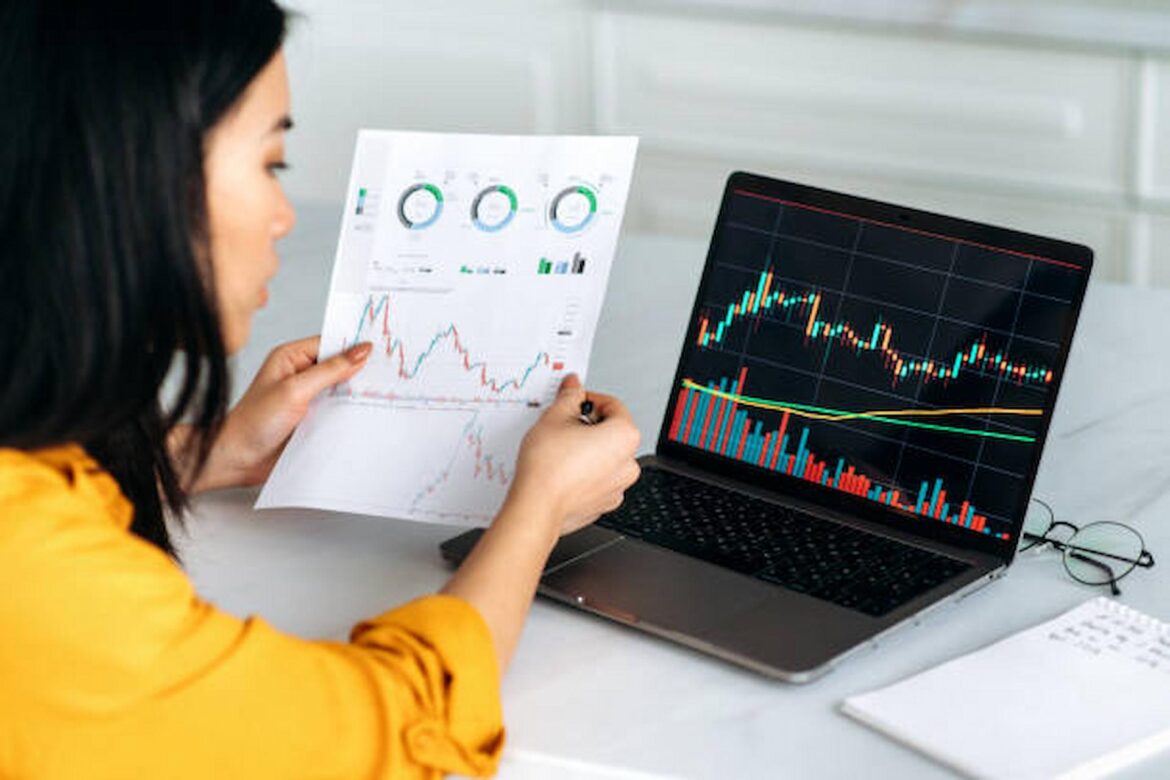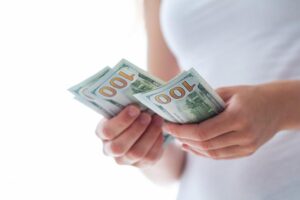Certain currencies of the world are pegged to the USA dollar, as it is the global reserve. For example, the coins of the GCC nations have been pegged to the USD since the 1980s, and the practice continues to date. This currency pegging boosts the economic wealth of a region and makes it richer. It also invites foreign investments to a large extent as international trading is generally conducted with dollars.
Kavan Choksi On Understanding Currency Pegging
Kavan Choksi is a business and finance expert who is fond of jazz and the history of American music. Currency pegging has been around for a long time, and nations like the UAE have pegged their currencies to the US dollar to boost economic activity and wealth in the region.
An Overview Of What Currency Pegging Means In The International Trading Market
Pegging refers to a strategy that focuses on the manipulation of prices generally used by traders in options before their expiration. Option shorts (writers) are commonly linked to the process of increasing or reducing the costs of the underlying commodity in the options contract before its expiry date. It acts like a monetary incentive to ensure that the option expires with the condition known as out of the money so that its buyer is not bound to the option contract.
An Insight Into Currency Risk And How Pegging Helps Businesses
Several businesses find it challenging to manage their businesses due to currency risks. In order to reduce these risks, many nations peg an exchange rate to the USA, which is a stable and sizeable economic nation.
Nations Get The Chance To Boost The Stability Of Their Currencies
When countries peg their money to the USD, it permits them to retain the strength of their currencies while allowing their services and products to stay competitive in the export markets. The exchange rates between the coins that are pegged are fixed. For instance, the Dirham of the UAE is pegged to the US dollar {one USD is 3.67 UAE Dirham (AED)}.
How Does Pegging Work For International Trade?
The Central Bank of the nation goes to the open market to sell or buy its currency to maintain the pegged ratio that offers optimal stability. If the currency value of the country experiences many fluctuations, it becomes challenging for foreign organizations to function and generate profits.
For instance, if a company from the USA operates in the UAE, the firm needs to convert its dollars into Dirhams to fund the business. In case the value of the Dirham changes drastically compared to the USD, the company in the USA will incur a loss when it converts back into USD.
According to Kavan Choksi, pegged currencies expand trading between nations and boost income, especially when the fluctuations in the currency are low and display no changes in the long term. Businesses, individuals, and governments can reap benefits from exchange and specialization without any of the associated risks to the currency rate of trade and tariff. As per the theory that relates to comparative advantage, everyone will be able to optimize the economic activities they do best!




